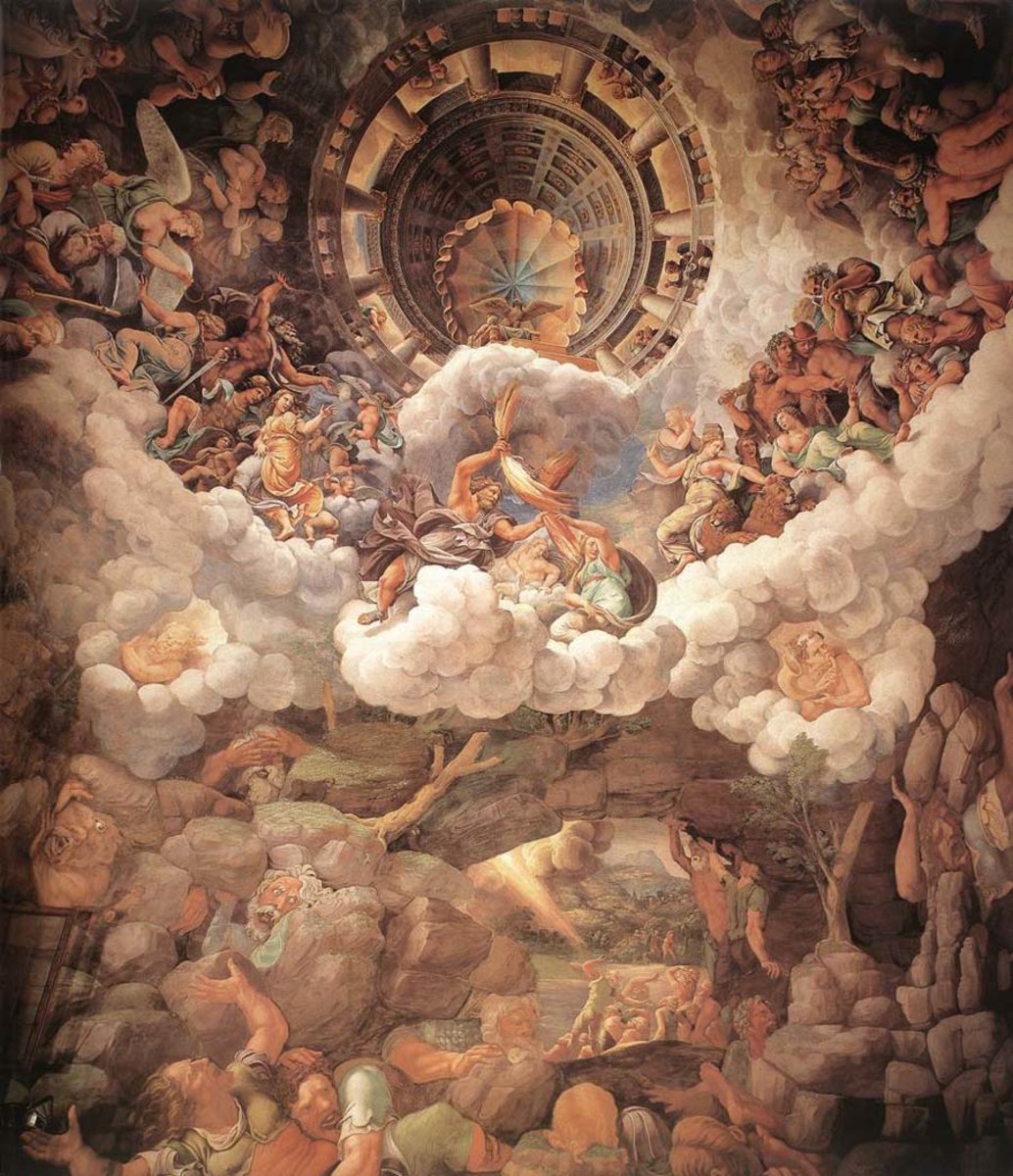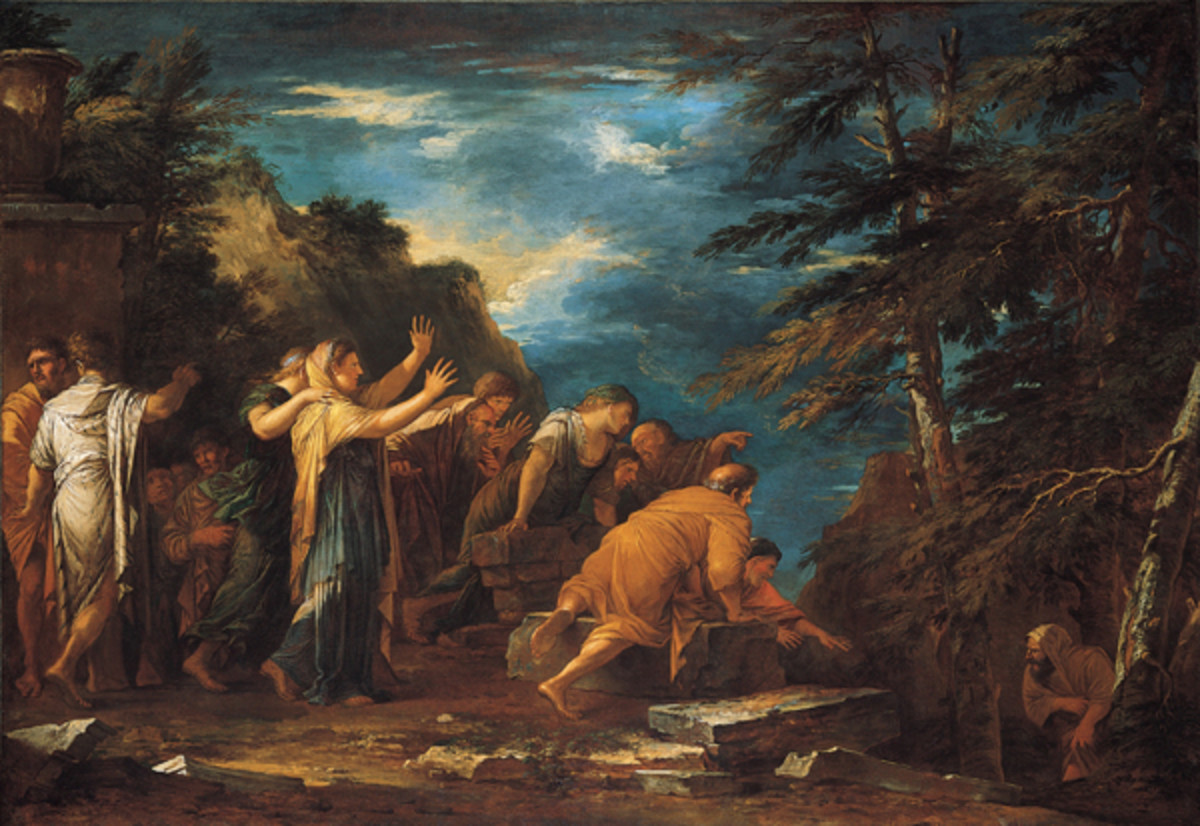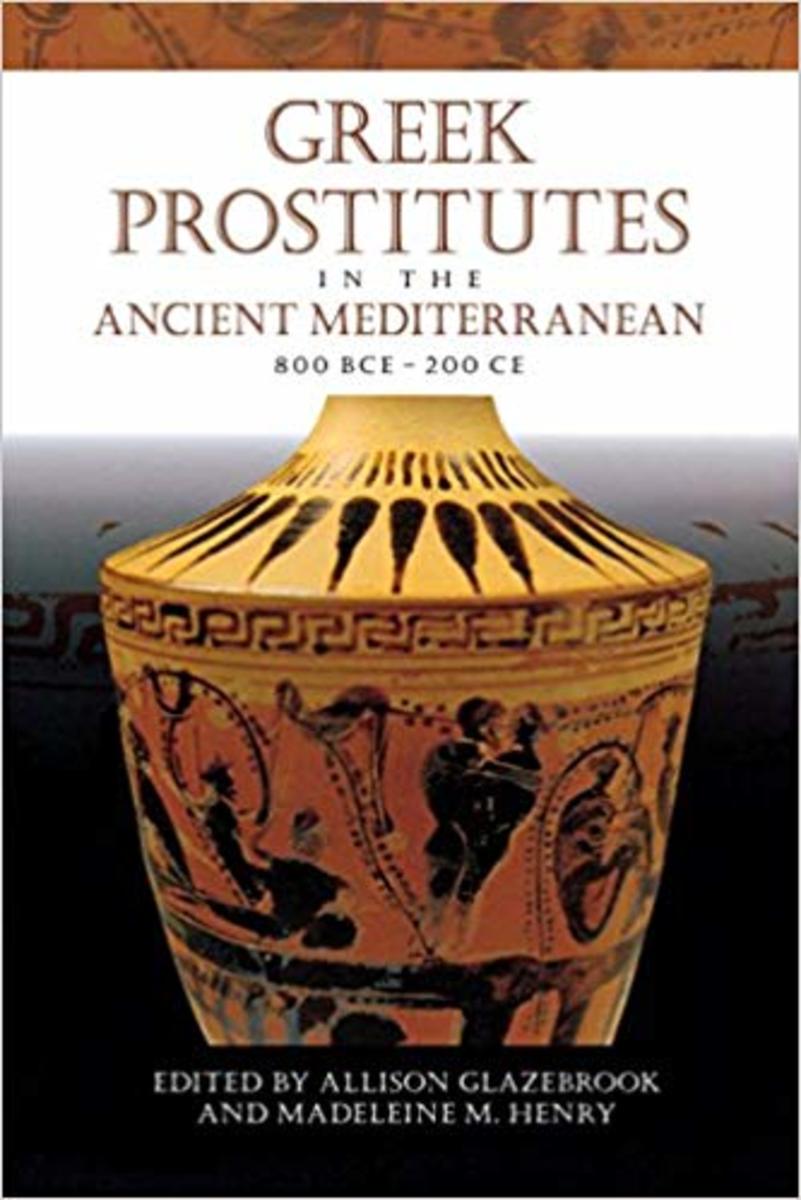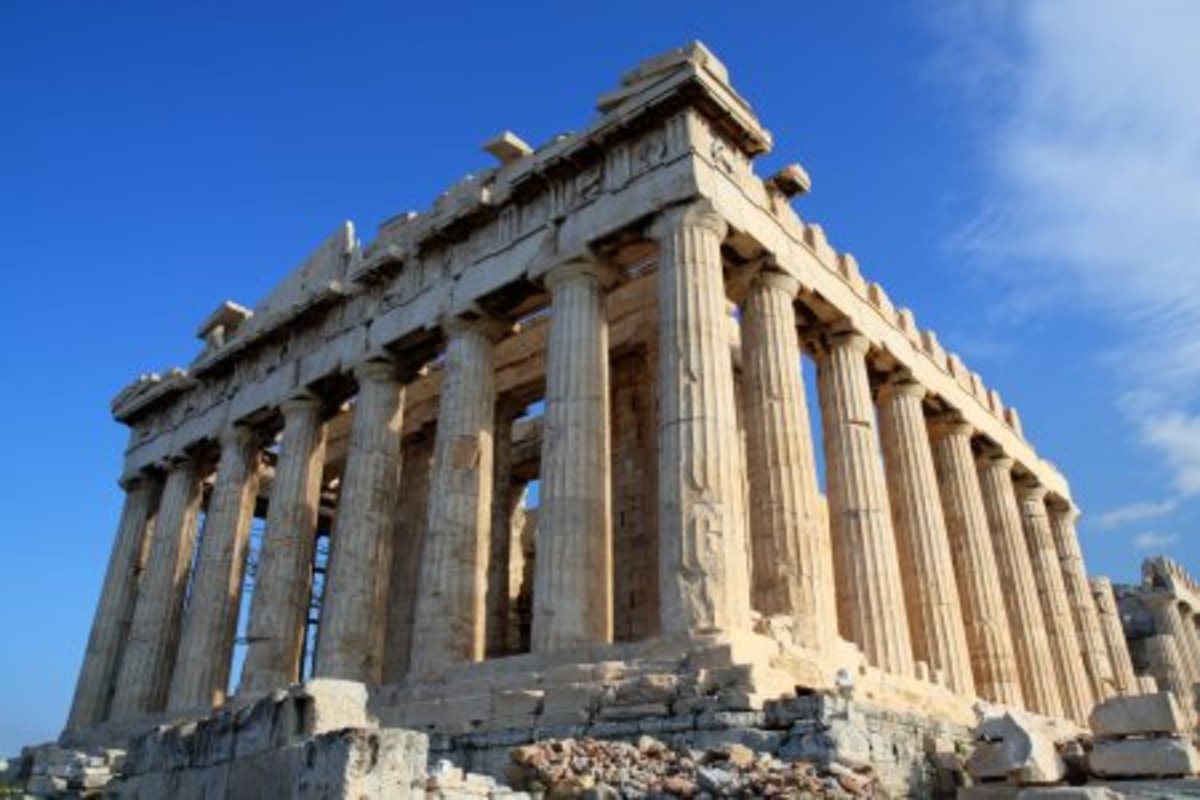The Age of American Unreason by Susan Jacoby: Part Three: Book Review
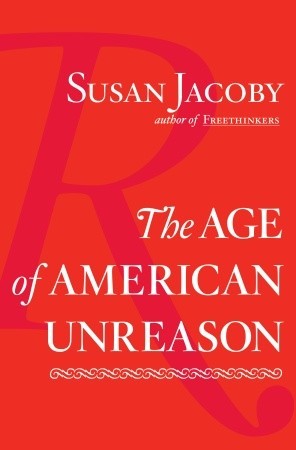
So, a society that turns away from intellectualism and rationalism, appears to be vulnerable to being duped by "pseudoscience." Chapter Three of Jacoby's book is titled: "Social Pseudoscience In The Morning Of America's Culture Wars."
The author helpfully places us in the appropriate historical context. The Age of American Unreason is, after all, at bottom, a book of American cultural history. "The intellectual fissures that opened during the first half of the nineteenth century," she writes, "acquired an important new dimension in the decades after the Civil War, when many Americans embraced a form of ideologically driven pseudoscience intended to rationalize the Gilded Age's excesses of wealth and poverty" (1).
She continues: "The new pseudoscience of social Darwinism, like the ancient pseudosciences of astrology and alchemy, used scientific language to mask an essentially unscientific essence. While the old pseudosciences defied the laws of nature, the new social pseudosciences---of which social Darwinism turned out to be only the first example---appropriated laws of nature to justify or attack institutions in civilization" (2).
Here's what I really want to get to. A couple of pages later Jacoby tells us that "[o]ne of the great ironies of this phase of American intellectual history is that the intellectual social Darwinists and their fundamentalist opponents shared an inability to distinguish between science and social pseudoscience, and they passed on their confusion to a public that worshipped the fruits of science but was fundamentally ignorant of the scientific method" (3).
I would tweak that formulation a bit. What I mean to say is that, according to my understanding, the divide between science and pseudoscience was not so clear in the nineteenth century. That is to say, the situation did not present itself as: real science over here and pseudoscience over there. People did not play the "Ini meeni mini moe, catch a tiger by the toe" game in deciding whether to go for the science or the pseudoscience on any given topic.
Also, pseudoscience did not always, necessarily originate external to real science, or at least to the real scientists doing real science. The historian Dr. Nell Irvin Painter has made it very clear that the relationship between science and pseudoscience was far more subtle, more intertwined, more incestuous, and more insidious than that.
Let's just take one example. In her book Dr. Painter gave a mini biography of a man called Johann Joachim Winckelmann (1717-68), considered by historians to have been the father of the field of art history (4).
Dr. Painter writes: "And while Winckelmann did not contribute directly to theories of race, he does play a large role in this story by passing along assumptions on the ideal form and color of human beauty that inspired so much eighteenth- and nineteenth-century racial theorizing" (5).
Understand? We're talking about "scientific racism," which we can certainly classify as pseudoscience. Stay with me now.
Dr. Painter continues: "The hard, pure, white aesthetic that Winckelmann popularized rested on the authority of the Renaissance, making the issue of whiteness versus color more than simply a question of taste" (6).
Anyway, Winckelmann wrote a big, two-volume study of ancient art that was all the rage, and all that. The point is this: "This book, both a chronology and a canon of ancient art loaded with Winckelmann's knowledge also seeks to correlate differences of style with history and archeology. Such ambition laid the basis for scientific art historical investigation and lasted far longer then the details of his dating" (7).
All science so far.
Let's keep going.
"Winckelmann's main thesis held that Greek art, the finest of all time, grew out of the freedom of its culture. Going further, Winckelmann advanced the notion that modern Westerners should embrace the Greek way of life and freedom, to achieve Greek excellence in art and, presumably, all of culture. Not only did he establish a chronology and a canon of ancient art; he also championed an ideology of ancient Greek beauty based on his own gay male aesthetic. At the heart of this work were beautiful boys, themselves central to making ancient Greeks into timeless, universal paragons of beauty" (8).
Notice that in pursuit of his scholarship, Winckelmann's own, internal, subjective attitudes and aesthetic tastes are emerging to shape and infuse his objective research.
Dr. Painter again: "Winckelmann's appreciation of whiteness initially sprang from his distance from Greece. In Rome, he had near at hand a great many Roman copies of ancient Greek sculpture translated into an Italian sculptural medium. Unaware that the Greek originals were often dark in color, he did not know---or glossed over the knowledge---that the Greeks routinely painted their sculpture. He saw only Roman versions of beautiful young men carved of hard Italian marble that shone a gleaming white. Thus, Winckelmann elevated Rome's white marble copies of Greek statuary into emblems of beauty and created a new white aesthetic. It would apply not only to works from antiquity, not only to Greek art, but to all of art and all of humanity" (9).
Now let's look at some consequences of Winckelmann's aesthetic. You see, "[f]or Winckelmann and his followers," writes Dr. Painter, "color in sculpture came to mean barbarism, for the assumed that the lofty ancient Greeks were too sophisticated to color their art" (10).
Still quoting: "The equation of color with primitivism meant that experts often suppressed and removed color when they found it in the Greeks. Even now, the discovery of ancient Greek polychromy can still make news, for the allure of Winckelmann's hard, white, young bodies lives on" (11).
Dr. Painter then goes into a small narrative about one Thomas Bruce, a Scot, Earl of Elgin, and "British ambassador extraordinary and minister plenipotentiary to the Ottoman court at Constantinople." It seems that Bruce was a fan of Greek art, from the perspective of Winckelmann (12).
On his way to Constantinople, Bruce stopped over at Athens to do some antiquing, as it were. He took away a few smaller sculptures. But then he started removing sculpture from the Parthenon, "Greece's symbol of Athenian democracy," Dr. Painter reminds us. Local Turkish authorities objected. Bruce, in turn, appealed to Constantinople, making the argument that the Parthenon was already prey to vandals (13).
Constantinople acquiesced and even allowed Bruce to start carting off huge pieces of the Parthenon's architectural sculpture, such as "metopes, friezes, and pedimental figures" between 1802 and 1806. The Earl bit off more than he could chew, and was, therefore, forced to sell the sculpture to the British government in 1816 for exhibition in the British Museum, where it stays in spite of Greek campaigns for its return (14).
Stay with me now! Those Parthenon marbles that Bruce took to Britain consist of marble, but a "darkly pitted Greek marble rather than the smooth, snowy white variety more common in Italy." This presented, for some people, an aesthetic dilemma: whiteness versus color.
An indirect consequence of Winckelmann's work---the pseudoscience of his own preferences and prejudices built on top of his objective work in the field of artistic archeology---was the destruction of a lot of art, what Dr. Painter calls the "alarming history of European marble 'cleaning' (15).
According to Dr. Painter, in the 1930s workers in the British Museum were told to remove the dark patina with metal tools, on the erroneous belief that their proper color should be white. This seriously damaged the Parthenon marbles, which led to an inquiry by the museum's standing committee that stopped the work (16).
Here is the point I'm making about Winckelmann. You'll recall that I took issue with what I thought to be a somewhat misleading characterization, by Susan Jacoby, regarding the relationship of pseudoscience and real science.
Now, I am not saying that Jacoby is saying the following, however I want to emphasize, nevertheless, that we are not looking at a situation in which we have the producers of real knowledge over here and the producers of pseudoscience or fake knowledge over there. They were not and are not necessarily separate characters.
Winckelmann, a serious, apparently world renowned scholar, for good reason, was, nevertheless, a man of his time. As such, he absorbed the race, class, and national assumptions and prejudices of his era---in let's say their more raw form---and repackaged them and gave them back to the world in a more sophisticated form.
It was this more sophisticated form that probably made the "idea-stock" of the "pseudoscience" of white supremacy and racial bigotry against everyone else, more to white-skinned Europeans and Americans who were not "bone-deep" racists---but, who, nevertheless, felt compelled to buy the "idea-stock" of white supremacist scientific racism due to the way the social environment was trending.
Does that make sense? It probably makes more sense if you have followed this series from the first installment.
Ralph Waldo Emerson
Ralph Waldo Emerson (1803-82) is another example of a serious, world renowned scholar, who did serious work; but, nevertheless, over the course of that serious, objective work, created his own "pseudoscience" or pseudo-scholarship---because, as a man of his times, he absorbed the assumptions and prejudices of his "race," nationality, socioeconomic class, repackaged them, and them re-presented them in a more palatable form---making it possible for people who were not "bone-deep" racists to buy the "idea-stock" of white supremacy.
But don't take my word for it. "Ralph Waldo Emerson (1803-82) towers over his age as the embodiment of the American renaissance," writes Nell Irvin Painter, "but not, though he also should, as the philosopher king of American white race theory. Widely hailed for his intellectual strength and prodigious output, Emerson wrote the earliest full-length statement of the ideology later termed Anglo-Saxonist, synthesizing all the salient nineteenth- and early twentieth-century concepts of American whiteness" (17).
Dr. Painter discusses Emerson's contribution to "American white race theory" for almost 40-pages in The History of White People (pp.151-189).
She offers a powerful corrective to the great man's reputation. She writes: "Emerson's reputation for ethnic-racial broadmindedness rests largely upon his generous and virtually unique statement of American identity" (18).
That "generous and virtually unique" statement is the following:
"... in this Continent, ---asylum of all nations, the energy of Irish, Germans, Swedes, Poles, & Cossacks, & all European tribes, ---of the African & of the Polynesians, will construct a new race, a new religion, a new State, a new literature, which will be as vigorous as the new European which emerged from the Pelasgic [ancient Greek] and Etruscan barbarism. La Nature aime les croisements" (19).
"Nowhere else, however," cautions Dr. Painter, "did he welcome multicultural America so warmly, despite occasional doodlings about mixture and 'crossings' (usually phrased in French). His journals for 1847 contain five statements on mixture: 'La Nature aime les Croisments,' 'Crosiements,' 'Croisment,' twice, and 'Nature loved crosses, and inoculations of barbarous races prove: and marriage is crossing.' But there was nothing sustained, no sentence even completed'" (20).
Still quoting Dr. Painter: "When Race means white blood, however, Emerson surges to the fore. Since his views were already circulating in the United States and Great Britain, Emerson cannot be seen as an originator. He was what we might nowadays call an enabler. Nonetheless, by phrasing bromides in his learned and graceful prose, he endowed them with his own substantial intellectual prestige. No matter how contradictory and obtuse, they circulated as American orthodoxy" (21).
She goes on to say: "With the rare exception of the Fugitive Slave Act, Emerson paid scant attention to any of the historical processes that spawned hardship and political upheaval. To him history served as racial prologue---as the opening scenes in a drama rather than as events that affected people's relation to one another. Economic classes existed as though decreed by Fate, not as outcomes of human interaction. Therefore, poor people, especially poor white people, native and immigrant, remain at the periphery of Emerson's field of vision. By the 1850s, Emerson deemed an array of the poor to be poor by inherent nature. The Irish and others in the antebellum working class (the Jews, Italians, and Greeks of the turn of the twentieth century had not yet arrived in massive numbers), whom he called 'guano' were fated by race to play dismal roles in a mechanistic world" (22).
Emerson also thought it wouldn't be such a bad thing is indigenous peoples and blacks utterly disappeared, because this would improve the human race by widening the gap between 'man & beast!' (23).
Thank you for reading and I'll see you in part 4!
References
1. Jacoby, Susan. The Age of American Unreason. Pantheon Books, 2008. 61
2. ibid
3. ibid, 63
4. Painter, Nell Irvin. The History of White People. W.W. Norton & Company, 2010. (paperback). 59
5. ibid
6. ibid
7. ibid, 60
8. ibid
9. ibid, 61
10. ibid
11. ibid, 61-62
12. ibid, 62
13. ibid
14. ibid, 62-63
15. ibid, 63
16. ibid
17. ibid, 151
18. ibid, 187
19. ibid
20. ibid
21. ibid
22. ibid, 187-188
23. ibid186


